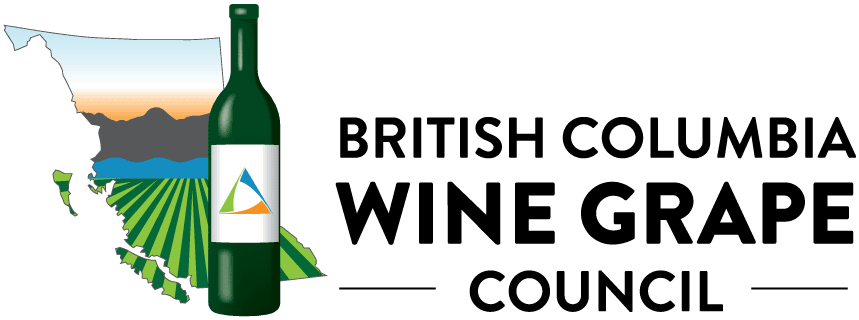Knowing the yeasts that ferment wine will aid Okanagan wineries in their future yeast-purchasing decisions and will give Okanagan winemakers more confidence in using spontaneous fermentation. Given that a substantial amount of a winery’s capital is spent on commercial yeast, these actions will increase the efficiency by which yeasts are used, resulting in cost reductions. Also, by knowing the yeasts fermenting the wine will lead to intelligent winemaking decisions and general increase in wine quality. There are two types of fermentations: spontaneous and inoculated. In spontaneous fermentation, the must is exposed to the resident yeast population, whereas in inoculated fermentation, a commercially available S. cerevisiae yeast starter is used as an inoculant. The aim of the proposed study is to determine the yeasts present in inoculated and spontaneous fermentations in Pinot Noir and Chardonnay varietals. We will also aim to build our microsatellite database by adding DNA fingerprints of S. cerevisiae strains that were not listed in previously constructed databases.
Population Dynamics of Yeast Fermenting Pinot Noir and Chardonnay Wine
Author
Initiation date
2018-03-31
Completed
Synopsis
Project Updates
Related Videos, Findings & Events
Newsletter Signup
Stay informed about the latest trends and updates in the British Columbia wine industry.
"*" indicates required fields
